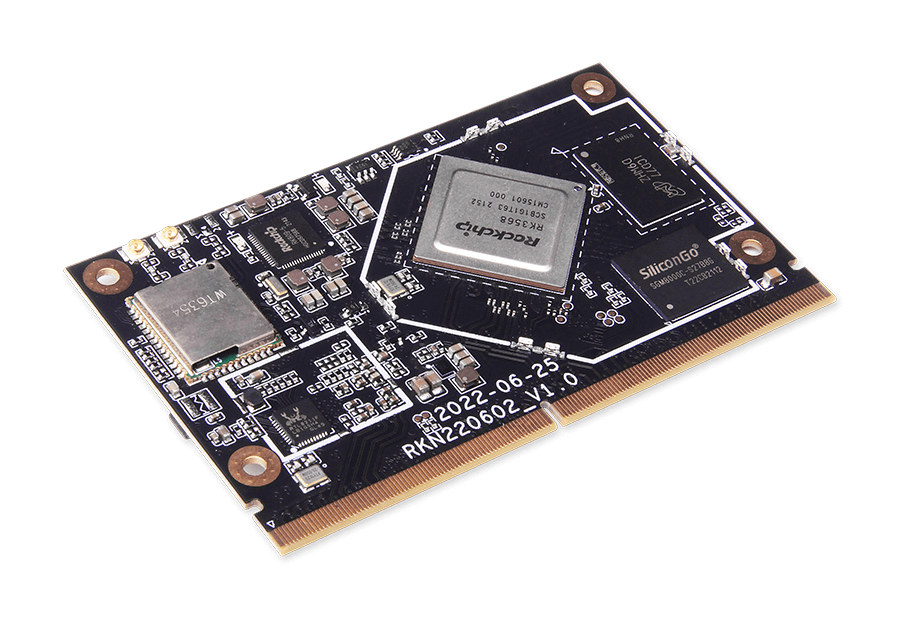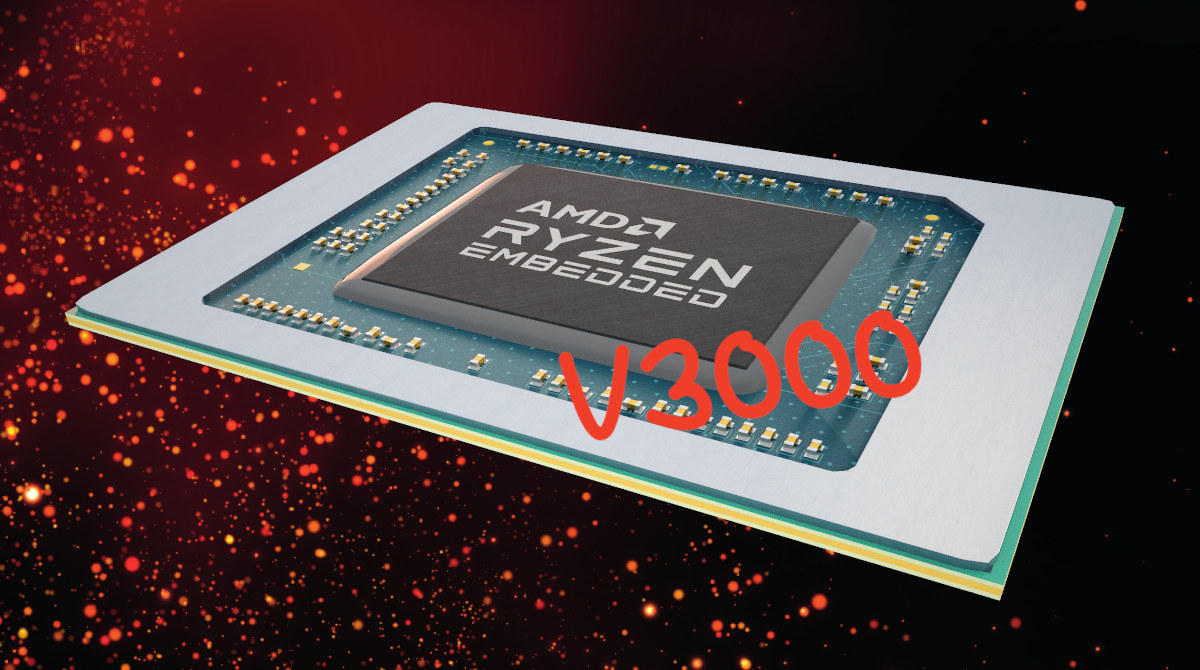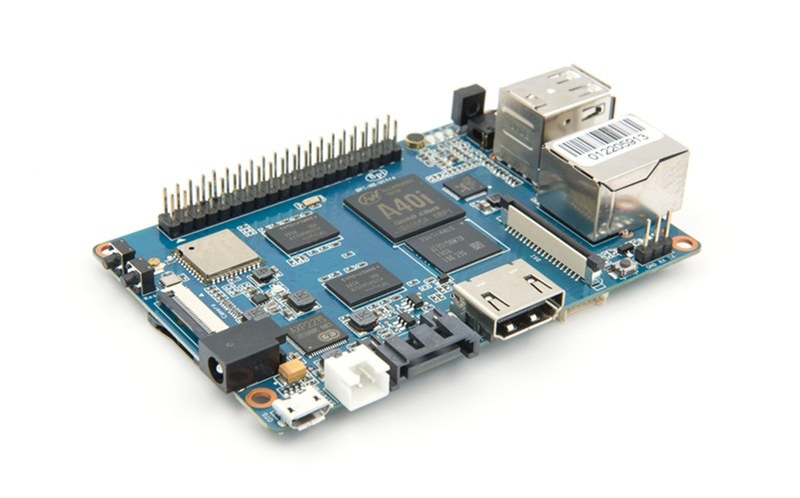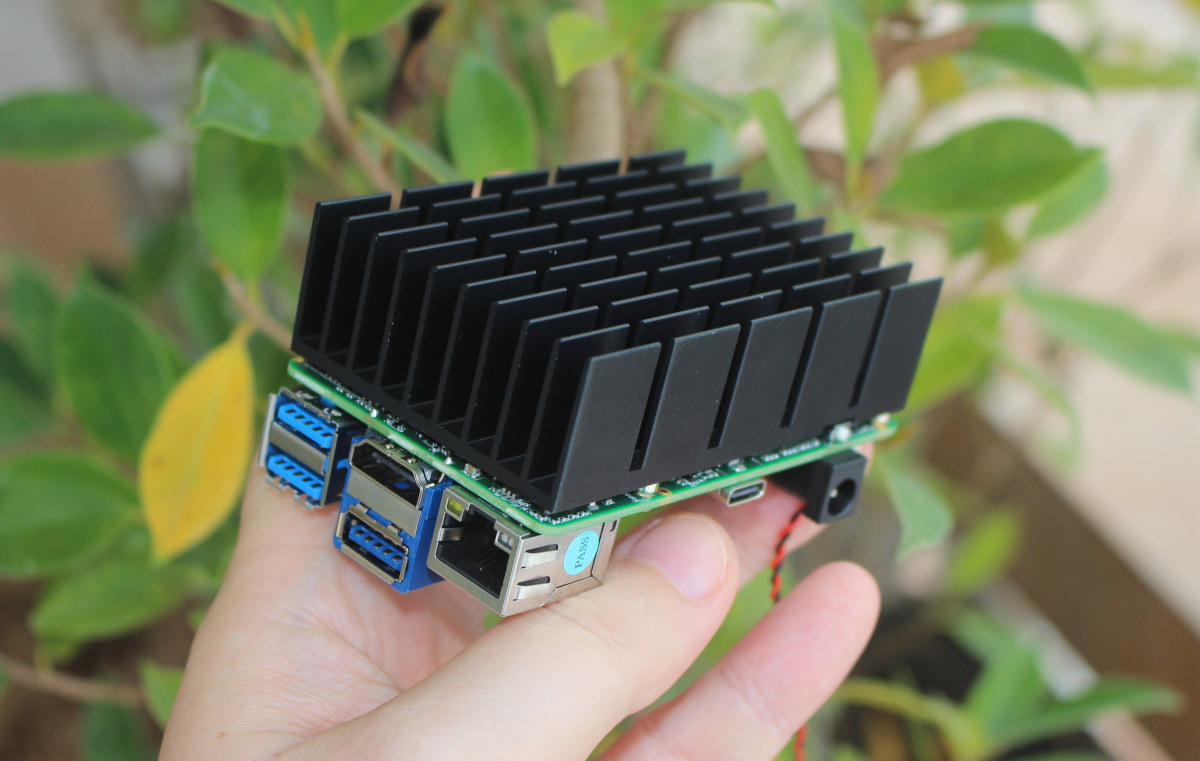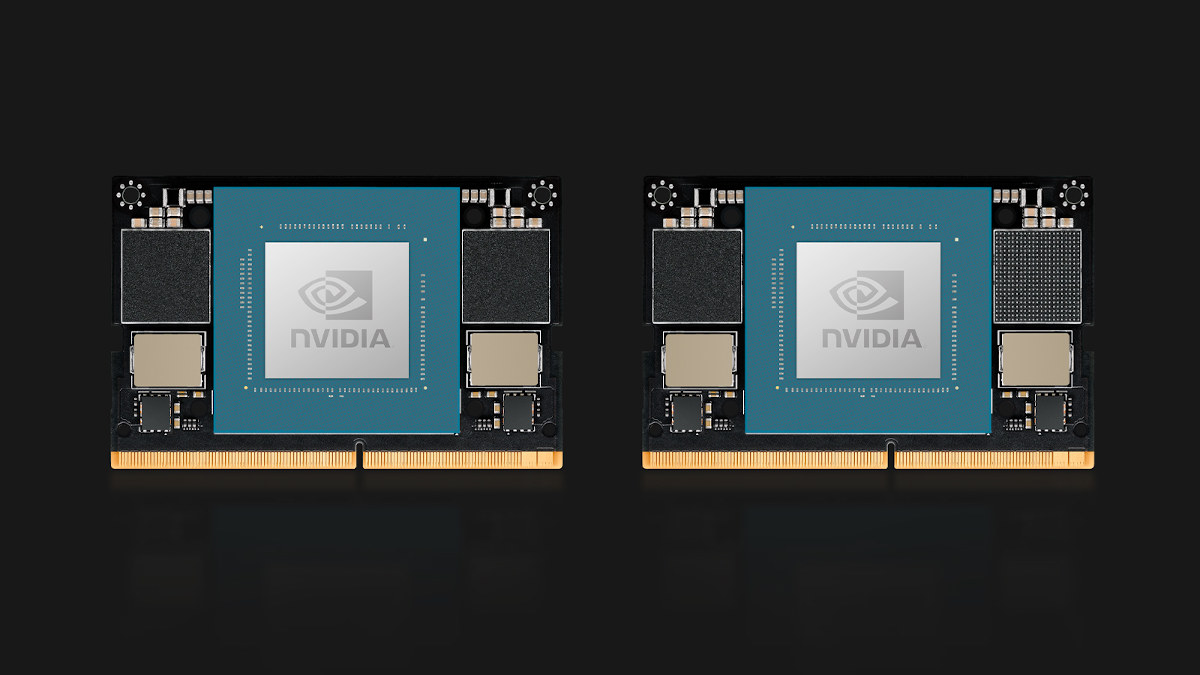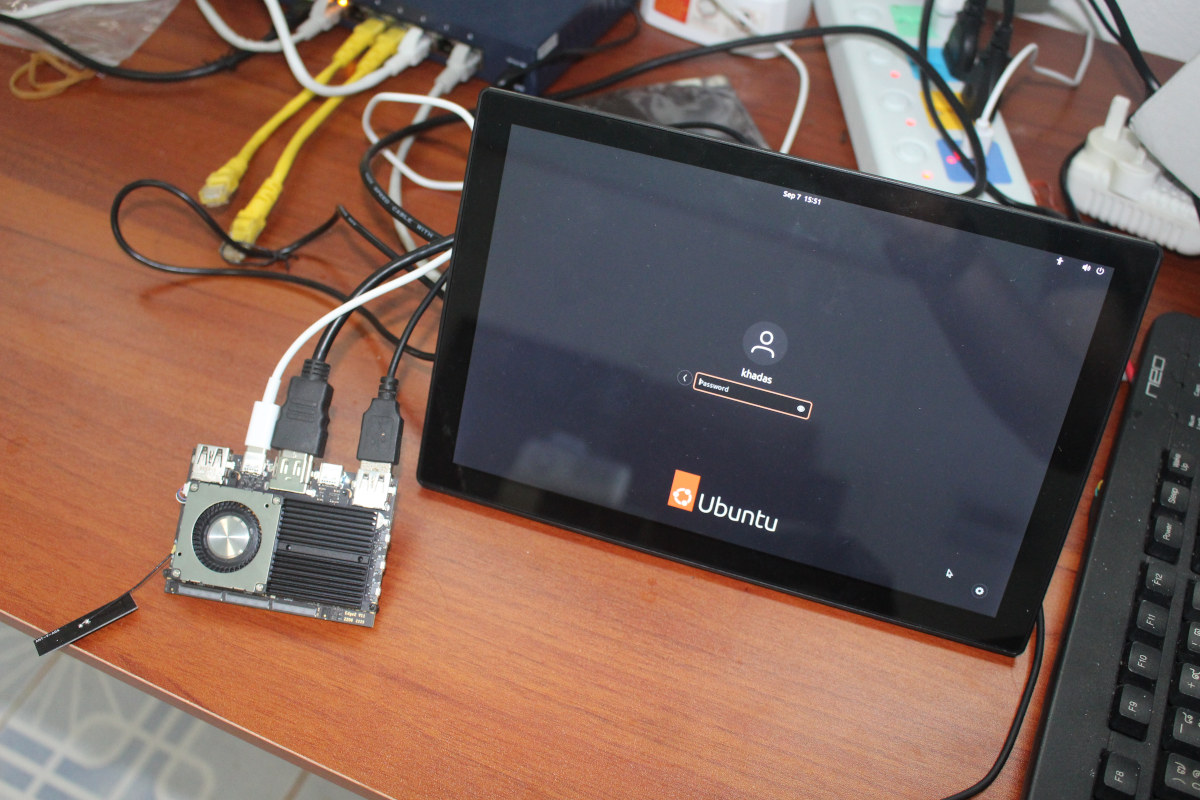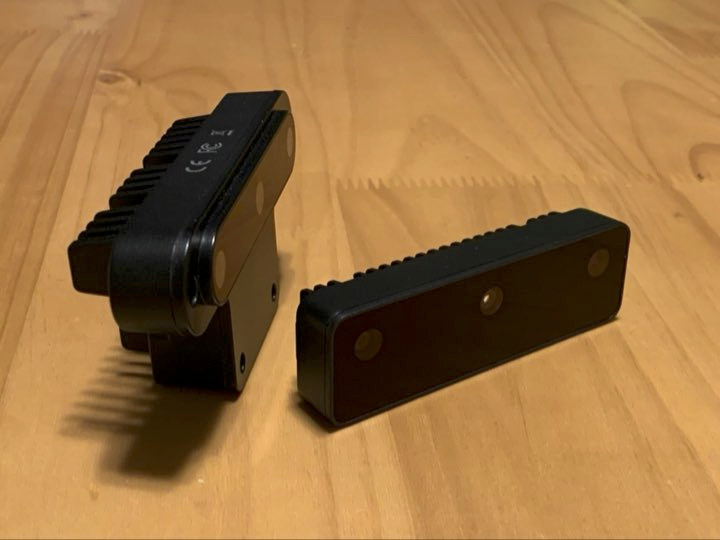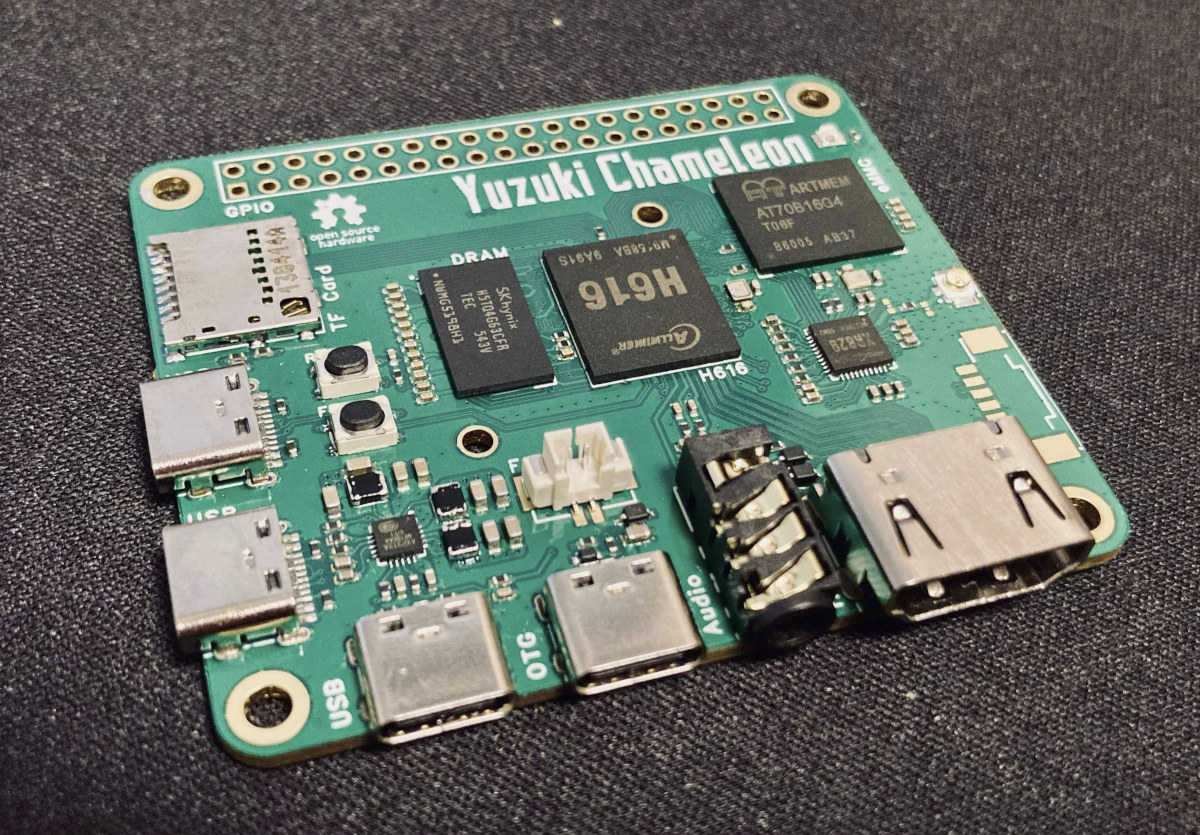We’ve seen Rockchip RK3568 system-on-modules before, but the Geniatech SOM-3568-SMARC core board is the first to comply with the SMARC 2.1 standard with a 314-pin MXM connector exposing the many I/Os from the quad-core Cortex-A55 processor. The module comes with up to 8GB RAM, 128GB eMMC flash, integrates a WiFi and Bluetooth module as well as two Gigabit Ethernet transceivers, and is designed to be used in advanced NVRs, cloud terminals, industrial automation, IoT applications, digital signage, and more. Geniatech SOM-3568-SMARC specifications: SoC – Rockchip RK3568 quad-core Cortex-A55 processor @ 2.0 GHz with Arm Mali-G52 2EE GPU with support for OpenGL ES 1.1/2.0/3.2, OpenCL 2.0, Vulkan 1.1, 1 TOPS NPU for AI acceleration, 4Kp60 H.265/H.264/VP9 video decoding, and 1080p100 H.265/H.264 video encoding; 22nm process System Memory – 2GB, 4GB or 8GB DDR4 Storage – 32GB, 64GB, or 128GB eMMC 5.1 flash Networking 2x RTL8211F Gigabit Ethernet PHY WT6354 wireless module […]
AMD launches Ryzen Embedded V3000 Zen3 processors for storage and networking applications
AMD has just launched the Ryzen Embedded V3000 family of processors with four to eight Zen3 cores, a DDR5 memory interface, twenty PCIe Gen4 lanes, and two 10GbE interfaces that make it ideal for storage and networking applications, especially since there’s no GPU at all. The new embedded processors succeed the Ryzen Embedded V2000 Zen2 family introduced two years ago, and the Ryzen V1000 processors in 2018. For some reason, AMD decided to compare the new V3000 processors against the latter and claims up to 124% greater CPU performance, 50% improved memory transfer rate, twice the number of CPU cores, and improved I/O connectivity. There are five Ryzen Embedded V3000 SKUs at launch with the V3C48, V3C44, V3C18I, V3C16, and V3C14 whose key differences can be found in the table below. The AMD Ryzen Embedded V3C18I “industrial” processor also works in sub-zero temperatures for automotive and industrial applications. Shared specifications […]
Banana Pi BPI-M2 Ultra SBC is now offered with Allwinner A40i industrial-grade processor
The Allwinner A40i and A60i industrial-grade quad-core and hexa-core Cortex-A7 processors were first introduced in 2018 with support for the wide -40°C to +85°C industrial temperature range, but so far I had not noticed any hardware making use of either processor. But Banana Pi is now offering the Banana Pi BPI-M2 Ultra SBC, which they launched in 2016 with the Allwinner R40 quad-core Cortex-A7 SoC, with the pin-to-pin and software-compatible Allwinner A40i industrial-grade processor. Banana Pi BPI-M2 Ultra specifications: SoC – Allwinner A40i quad-core Arm Cortex-A7 processor with Arm Mali-400MP2 GPU @ 500 MHz, 1080p60 H.264, MPEG-4, MPEG-1/2 video decoder, H.264 1080p45 video encoder System Memory – 2GB DDR3 SDRAM Storage – 8GB eMMC flash, SATA interface, microSD card slot Video Output HDMI 1.4 port up to 1080p60 4-lane MIPI DSI display connector, or RGB, or LVDS Audio I/O – 3.5mm headphone jack, digital audio output via HDMI, built-in microphone […]
UP 4000 x86 SBC review – Part 1: Unboxing and first boot
AAEON UP 4000 is a compact Apollo Lake single board computer that’s about the size of a business card or a Raspberry Pi designed for automation, robotics, digital signage, and other space-constrained applications that may benefit from an x86 processor. The company already published some Phoronix benchmarks comparing the UP 4000 SBC against Raspberry Pi 4, NVIDIA Jetson Nano, and the original UP board, but since nothing beats third-party evaluation, AAEON sent a review sample to CNX Software for additional testing. UP 4000 SBC unboxing There are several variants of the board, and I received the UP-APL03X7F-A10-0464 SKU with 4GB RAM, 64GB eMMC flash, and an Intel Atom x7-E3950 quad-core processor. The package includes the board together with a multilingual safety manual that explains you should not immerse the board underwater and should avoid walking on it :). A 12V/5A power supply was also included separately. The power cord was […]
$199+ NVIDIA Jetson Orin Nano system-on-module delivers up to 40 TOPS
NVIDIA Jetson Orin Nano system-on-module (SoM) is an update to the Jetson Nano entry-level Edge AI and robotics module that delivers up to 40 TOPS of AI performance, meaning it’s up to 80 times faster than the original module. The new SoM features an hexa-core Arm Cortex-A78AE processor, an up to 1024-core NVIDIA Ampere architecture GPU with 32 Tensor cores, up to 8GB RAM, and the same 260-pin SO-DIMM connector found in the Jetson Orin NX modules. Two versions are offered with the following specifications: That means the Jetson Orin family has now six modules ranging from 20 TOPS to 275 TOPS. There’s no specific development kit for the Jetson Orin Nano SoM since it can be emulated on the NVIDIA Jetson AGX Orin developer kit, and supported by the JetPack 5.0.2 SDK based on Ubuntu 20.04. NVIDIA has tested some dense INT8 and FP16 pre-trained models from NGC and […]
Khadas Edge2 Pro review – A Rockchip RK3588S SBC tested with Ubuntu 22.04
We’ve had a sample of the Khadas Edge2 single board computer powered by Rockchip RK3588S octa-core Cortex-A76/A55 processor for a couple of weeks, and now that the board is officially launched we can post our review of the board with Ubuntu 22.04, and we’ll check out Android 12 later on. Khadas Edge2 Pro accessories The Khadas Edge2 comes in two variants: Basic and Pro, We received the Edge2 Pro SBC with 16GB RAM and 64GB flash that ships with two WiFi antennas by default, but the company also sent a low-profile fansink and thermal pad for cooling that in theory would be optional, but in practice, it is required as while the board runs fairly cool considering the performance it brings, it still needs a heatsink to prevent overheating and throttling. The fan may not really be necessary though as we’ll see below. I’d recommend installing the antennas before the […]
Luxonis OAK-D series 2 USB and PoE cameras integrate 3D depth and AI for robotics applications
Luxonis OAK-D Series 2 are the second-generation of USB or PoE cameras with 3D depth and a built-in AI accelerator mostly used for computer vision in robotics applications. We first wrote about Luxonis’ DepthAI module for Raspberry Pi based on the Intel Myriad X AI accelerator in 2019, and later found the module integrated into OpenCV AI Kit Lite, aka OAK-D Lite camera. The second-generation OAK-D cameras replace the module with a Robotics Vision Core 2 (RVC2) “chip-down design” equipped an SoC and Myriad X AI accelerator for up to 4 TOPS of processing power, including 1.4 TOPS for AI inference. Luxonis OAK-D Series 2 specifications and features: Robotics Vision Core 2 based on Myriad X AI accelerator 4 TOPS of processing power (1.4 TOPS for AI) Video encoding – H.264, H.265, MJPEG @ 4Kp3, 1080p60 Computer vision – Warp/dewarp, resize, crop via ImageManip node, edge detection, feature tracking, custom […]
Yuzuki Chameleon – A Raspberry Pi Model A shaped SBC with Allwinner H616 CPU
Yuzuki Chameleon is an open-source hardware single board computer powered by an Allwinner H616 quad-core Cortex-A53 processor that somewhat follows the shape of Raspberry Pi 3 Model A+ SBC with a different port layout that should still keep mechanical and electrical compatibility with some Raspberry Pi HATs. The board supports up to 2GB RAM, up to 128GB eMMC flash, features a MicroSD card slot, one 4K-capable HDMI 2.0 port, an audio jack, four USB Type-C ports to keep the design as slim as possible, as well as a wireless module for WiFi and Bluetooth and a connector to optionally add Fast Ethernet through an external module. Yuzuki Chameleon specifications: SoC – Allwinner H616 quad-core Cortex-A53 processor @ with Arm Mali G31 GPU, 6Kp30/4Kp60 video decoder System Memory – Up to 2GB RAM Storage – Up to 128GB eMMC flash storage, MicroSD card socket Video Output – HDMI 2.0 up to […]


